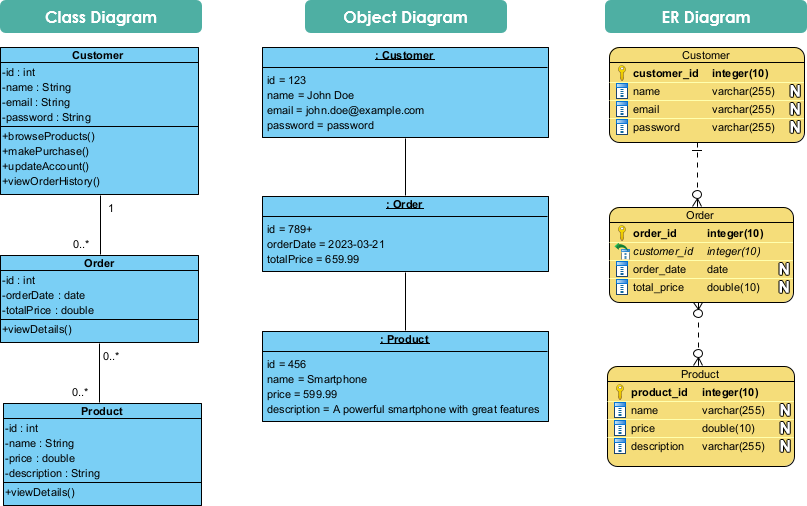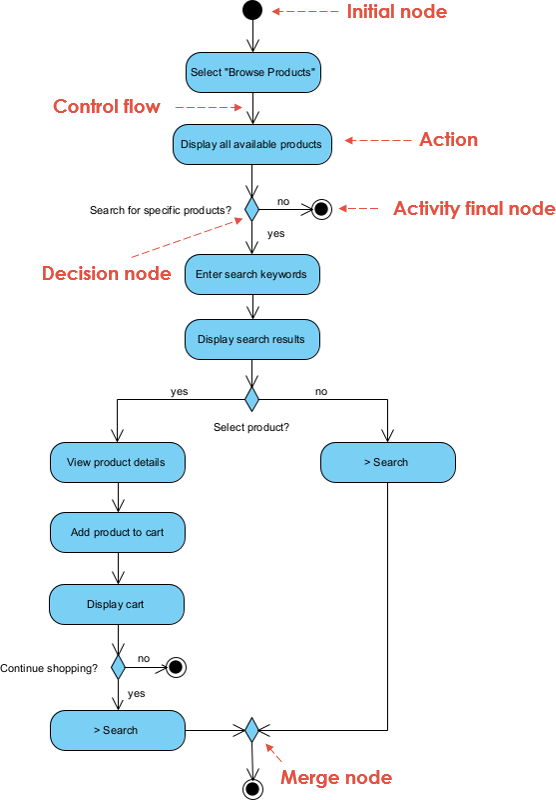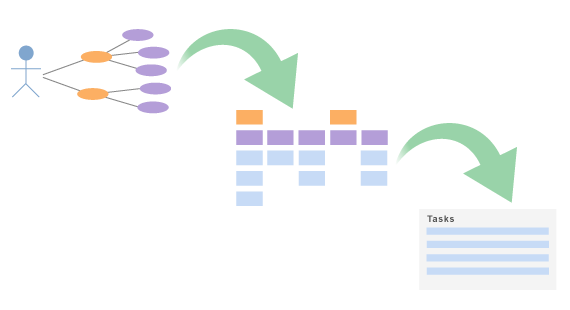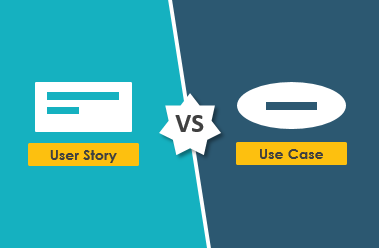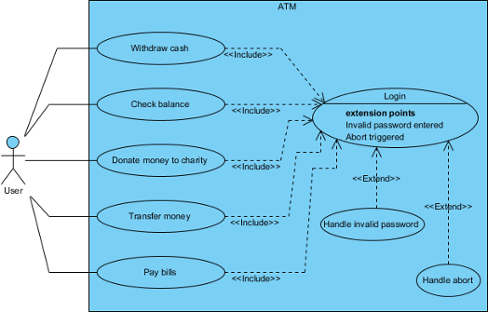Home » Archives for March 2023 » Page 5
Class Diagrams vs Object Diagrams vs ER Diagrams Class diagrams, object diagrams, and ER diagrams are all used to model the static aspects of an object-oriented system. Each type of diagram has its own specific use case and can be used at different stages of the software development process. Typically, class diagrams, object diagrams, and ER diagrams are all useful tools for modeling the static aspects of an object-oriented system. Class diagrams are used in the design phase of the software development process, object diagrams are used for debugging and testing specific instances…
continue reading →
What is an Activity Diagram Activity diagrams are a powerful tool for visualizing the flow of activities within a system or process. They are commonly used in software development to help developers and stakeholders understand the behavior of a system or application. Activity diagrams can also be used to elaborate on use cases and their scenarios, including normal, alternative, and exception scenarios. Understanding the Relationship Between Use Case Descriptions and Activity Diagrams Use case and Use Case description A use case is a description of a system's behavior from the perspective of an external actor or user. It…
continue reading →
Use case 2.0 is an updated and evolved version of the traditional use case methodology used in software development. This new approach to use case modeling introduces several new concepts and techniques to help streamline the software development process and improve collaboration between development teams and stakeholders. In this article, we will explore what is new in Use Case 2.0 and the differences between this new methodology and the traditional use case approach. Traditional Use Case Methodology The traditional use case methodology involves creating use cases to capture the functional requirements of a…
continue reading →
Use case modeling is a powerful technique for defining and describing the interactions between a system and its users or other systems. It provides a clear and concise way to document the functional requirements of a system and its behavior in response to user or system inputs. In this article, we will explore the concept of use case scenario, its purpose, and how it can be used to model a system's behavior. What is a use case scenario? A use case scenario is a specific sequence of steps that describes the interaction between…
continue reading →
Agile development is a methodology that focuses on iterative and incremental development of software products. It emphasizes collaboration between cross-functional teams, continuous feedback, and flexibility to change requirements throughout the development process. Two popular techniques used in agile development are user stories and user cases. In this comprehensive guide, we will explore both techniques and argue that they are both suitable for agile development if used appropriately. User Stories User stories are short, simple descriptions of a feature told from the perspective of the end-user. They typically follow a specific template: "As a…
continue reading →
User stories are an essential component of agile software development methodologies. They are short, simple descriptions of a user's requirement or need, written from the perspective of the user. User stories help teams to prioritize features and ensure that the end product meets the needs of the user. In this article, we'll discuss user stories, techniques for writing them, popular templates, and the 3Cs that make up a good user story. What are User Stories? A user story is a short, simple description of a feature or function that a user wants in…
continue reading →
What is a User Story User stories are a popular technique in Agile software development that allow teams to capture and prioritize requirements in a way that is easy to understand and implement. A user story is a short, simple statement that describes a feature or requirement from the perspective of a user or customer. In this guide, we'll cover the basics of user stories, including how to write them, why they're important, and how to use them in Agile development. What is a User Story? A user story is a short, simple…
continue reading →
In software development, user stories and use cases are two commonly used techniques to capture and describe requirements from the perspective of end-users. Although both techniques are used to describe user requirements, they have some key differences that make them suitable for different situations. In this article, we will discuss user stories vs use cases, their differences, and when to use each of them. User Stories User stories are a technique used to describe a user's need or a business requirement in a simple and concise format. They are typically written in a…
continue reading →
What is Use Case Modeling Use cases are an important tool in software development to help define the system requirements and ensure that the end product meets the user's needs. A well-structured use case describes the steps a user takes to accomplish a specific goal, and it provides a clear understanding of what the system needs to do to support that goal. In this guide, we will explore how to structure use cases with a focus on the goals, why they are important, and how to create effective use cases. Goals of Use…
continue reading →
What is Use Case Modeling Use cases are an important tool in the field of software development, as they help to specify how a user will interact with a particular system. They provide a clear and concise way to document the functionality of a system, and can be used to ensure that developers are building software that meets the needs of its intended users. When creating use cases, it is important to structure them in a way that makes them easy to understand and implement. One way to do this is to use…
continue reading →

